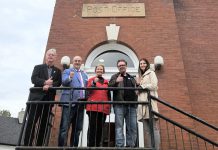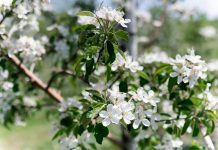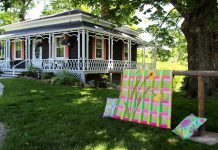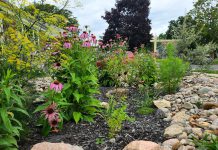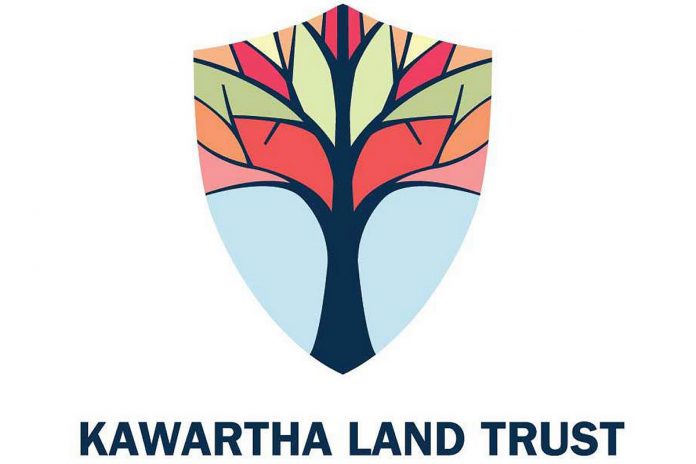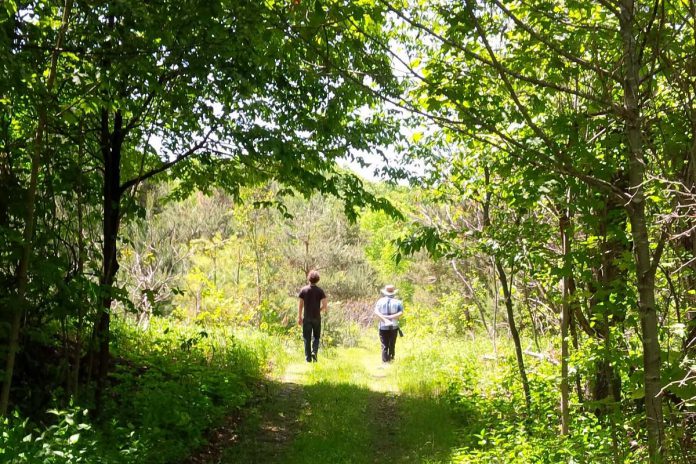
Ralph McKim and Jean Garsonnin have donated around 150 acres of their Oak Ridges Moraine property to Kawartha Land Trust, a non-government charitable organization working to protect land in the Kawarthas.
The two long-time environmental stewards had already protected 240 acres of their land (known as the McKim-Garsonnin property) in perpetuity through a conservation easement agreement with Kawartha Land Trust in 2011. A conservation easement is a voluntary legal agreement between the landowner and a conservation organization that allow the landowner to permanently protect the conservation values of a property while still maintaining ownership.
Now Ralph and Jean have transferred the ownership of most of their property — including the portion containing the Ballyduff Trail network — to Kawartha Land Trust, with their remaining property continuing to be protected under a conservation easement agreement.
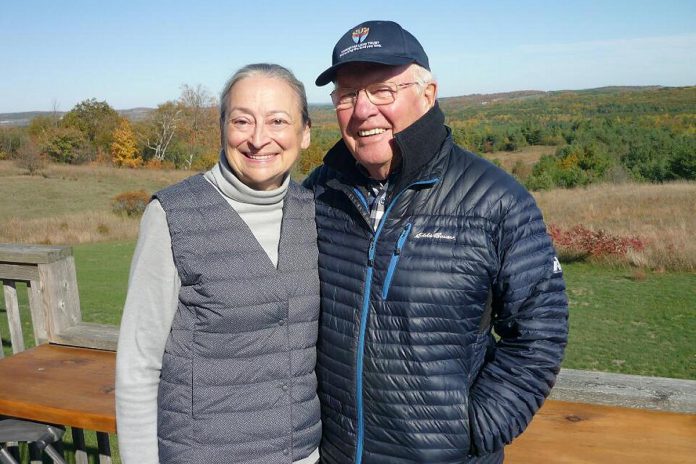
Around four kilometres south of Ballyduff in the City of Kawartha Lakes, the McKim-Garsonnin property was originally settled in the mid-19th century by Europeans, who cleared it for subsistence farming. Remnants of old root fences and rock piles can still be found, and the foundation of the old homestead is located in a thick stand of black locusts and lilacs. Later, the land was used for grazing cattle, resulting in some woodlot deterioration and land erosion.
Several years after purchasing the land in 1986, Ralph and Jean decided to build a squared-log home on a portion of the property. While doing so, they discovered the land’s ecological importance.
Located on the Oak Ridges Moraine, the property contains many of the features of that glacially formed terrain, including rolling hills, sand deposits, an esker left behind by an ancient river, and a wetland that is the source of a cold-water stream at the headwaters of Fleetwood Creek.
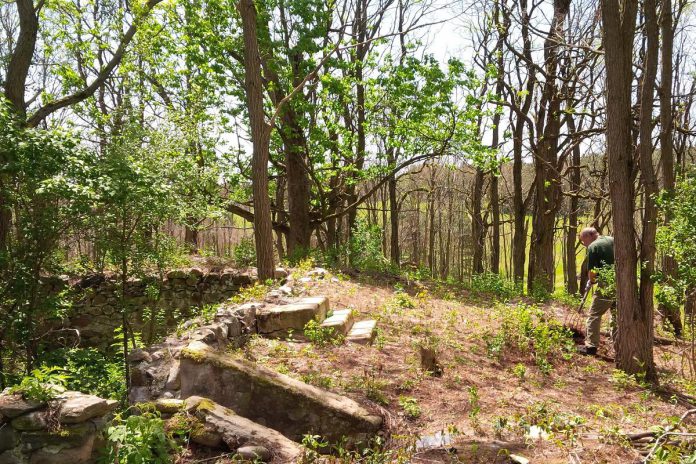
The land is bounded on the south and east by the 900-acre Fleetwood Creek Natural Area owned by the Ontario Heritage Trust, which contains a provincially significant earth and life science area of natural and scientific interest.
“It has become our mission to restore, as far as we are able, the ecological integrity of this land and make it available for the enjoyment of others now and in the future,” Ralph and Jean say.
Over the years, Ralph and Jean have worked with community groups and volunteers to re-establish woodlots on their property, planting thousands of white pine and red oak trees every year. They have created wildlife habitat while controlling invasive species.
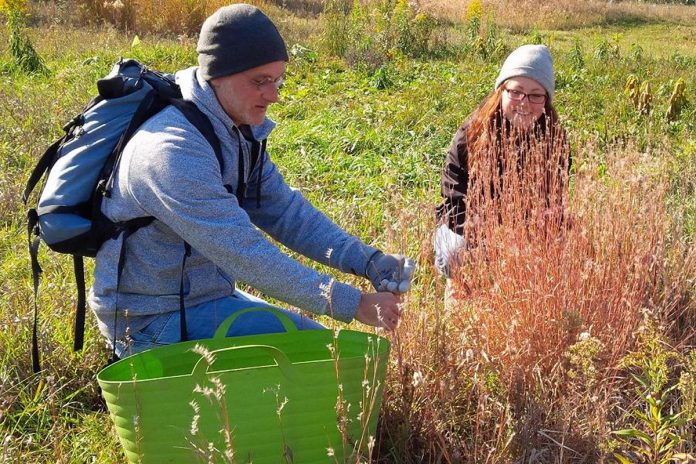
They also developed 10 kilometres of five recreational trails — known as the Ballyduff Trail network — that are open to the public for hiking, cross-country skiing, and snowshoeing.
One of their most significant projects over the last 15 years has been restoring a native tallgrass prairie ecosystem on the property, which has become the best example and opportunity of restoration on any property protected by Kawartha Land Trust.
Every fall, volunteers have helped to harvest seeds from the tallgrass and wildflower species and return to help plant them in the spring.
The Ballyduff Trails network has also become a popular destination for nature walks hosted by groups ranging from the Peterborough Field Naturalists to the New Canadians Centre in Peterborough.
“It has been very exciting to have groups visit the property and become involved in some of the stewardship and volunteer days,” Ralph says. “We are very passionate about the property being open and free to visit.”
That passion has also led Ralph and Jean to partner with students from Trent University and Sir Sanford Fleming College so they can experience and learn on the land.
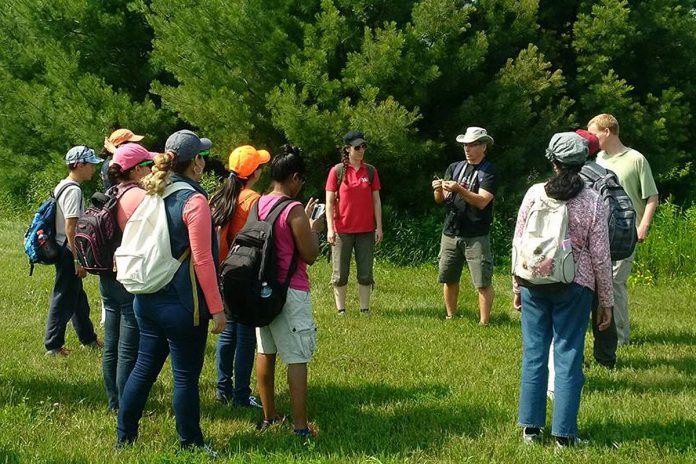
With all the activity over the years to restore their land, the couple has also seen increased interest from their neighbours, many of whom have realized their own land is ecologically significant and should be nurtured and protected.
For his part, Ralph says he’s grateful he has been able to spend his years of semi-retirement and retirement at the property.
“It’s given me the opportunity to work and stay active for many years,” Ralph says. “it’s also given me the opportunity to meet and bond with like-minded individuals and stewardship folks and there have been many opportunities for learning, educating, and working over the years.”
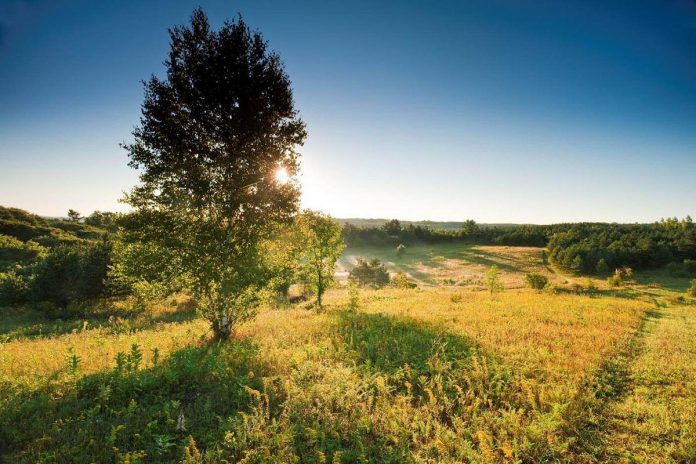
Kawartha Land Trust secured the McKim-Garsonnin property with the additional support of the Government of Ontario and Ontario Land Trust Alliance through the Greenlands Conservation Partnership, which helps conserve ecologically important natural areas and protect wetlands, grasslands, and forests that help mitigate the effects of climate change.
Through the Greenlands Conservation Partnership, a total of $50 million will be invested over four years, including $20 million from the Ontario government and another $30 million from other sources, such as individual donations and foundation support through the Nature Conservancy of Canada and the Ontario Land Trust Alliance as well as from other levels of government.
To help maintain and enhance the ecological value of its protected properties, Kawartha Land Trust relies in part on community donations and volunteers. For more information about Kawartha Land Trust and the properties it protects, and to donate to the non-profit organization or for volunteer opportunities, visit kawarthalandtrust.org. You can also follow Kawartha Land Trust on Facebook, Instagram, and Twitter.
This story was created in partnership with Kawartha Land Trust.




